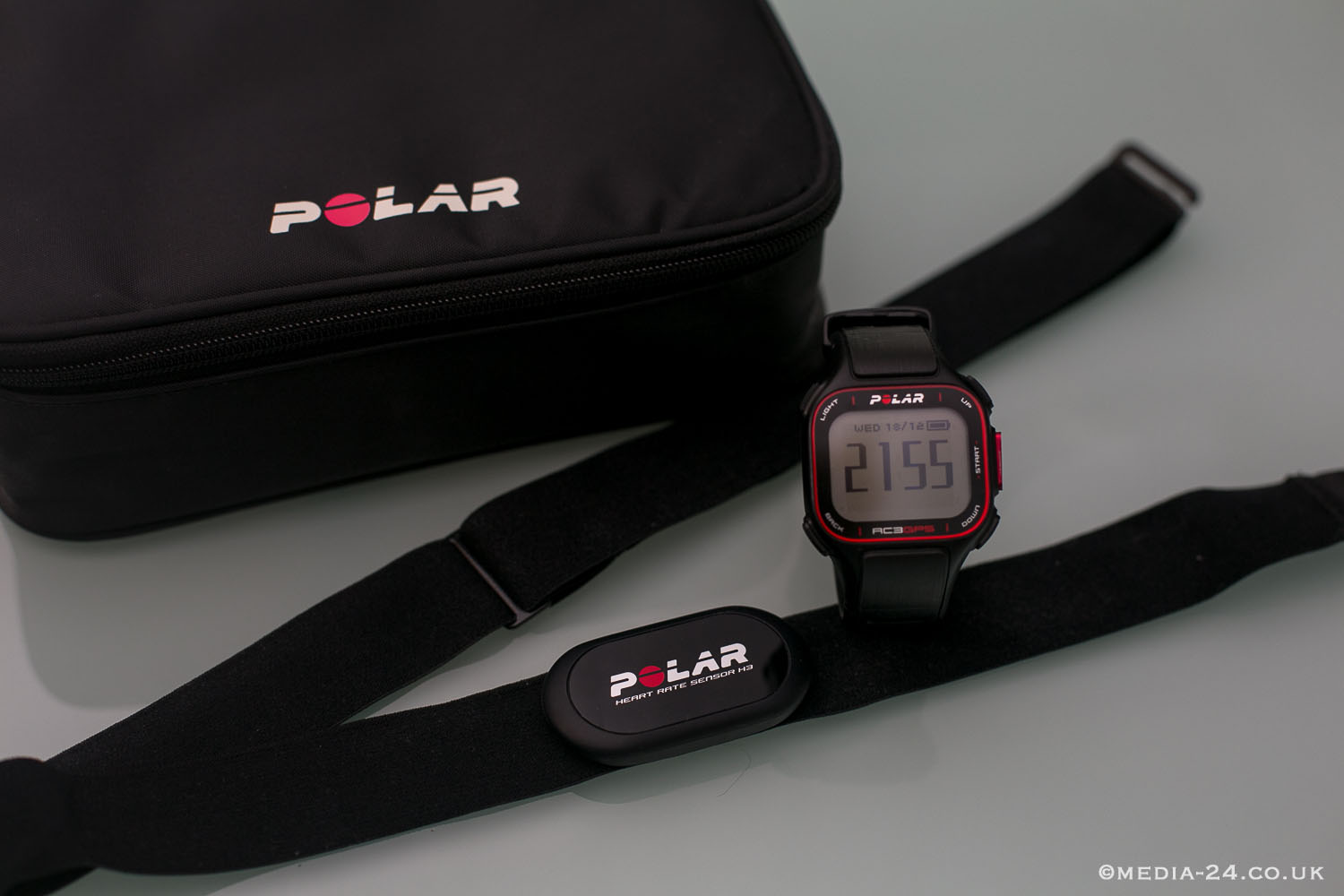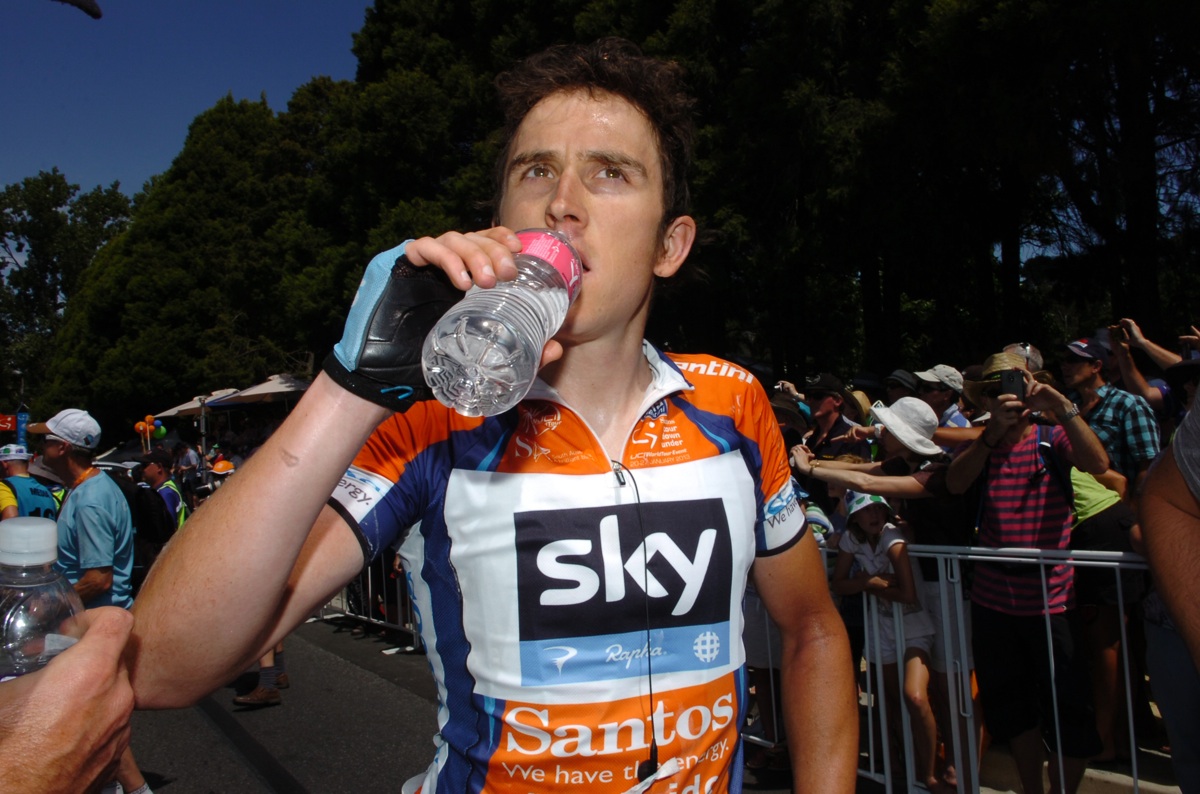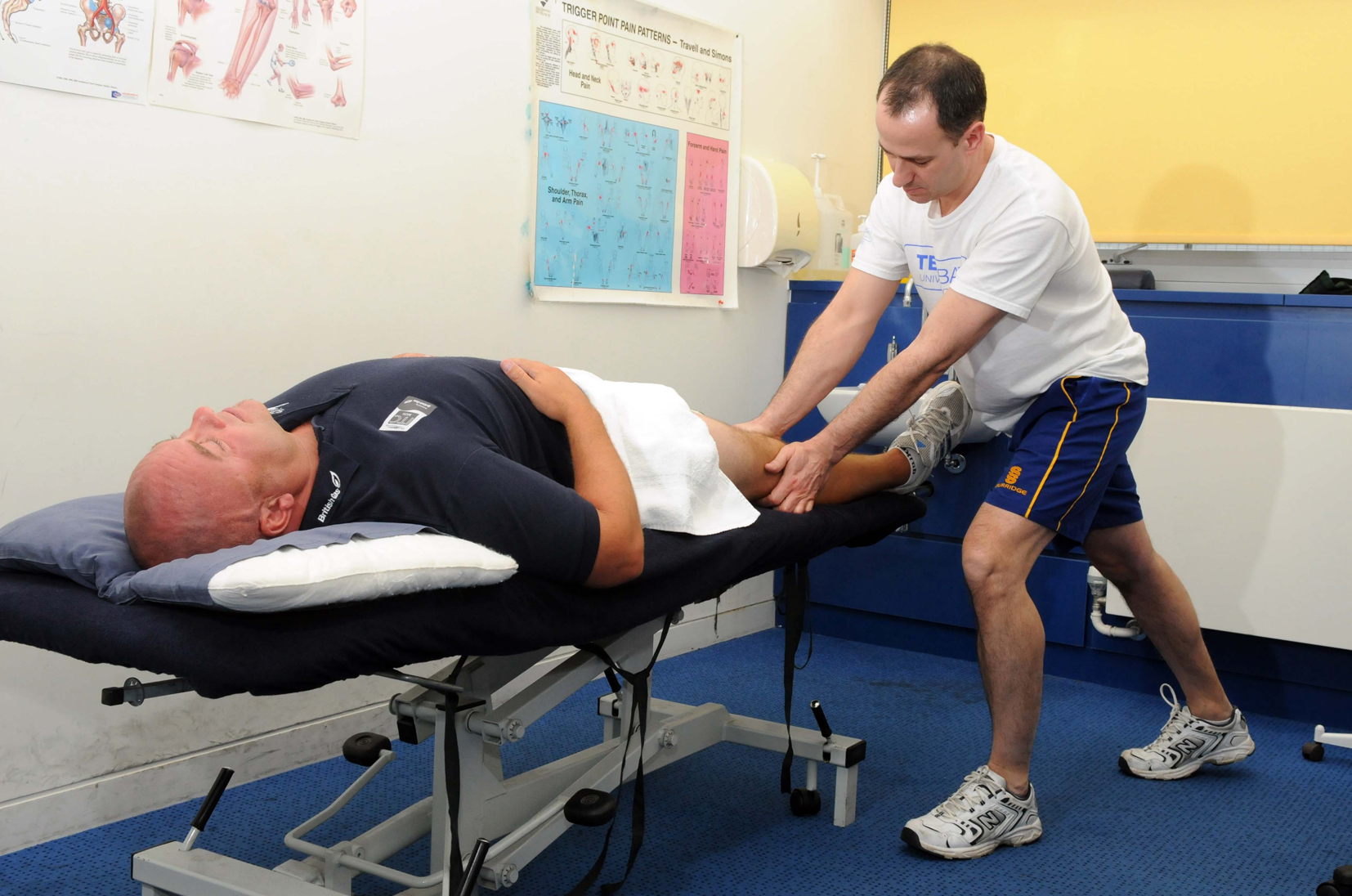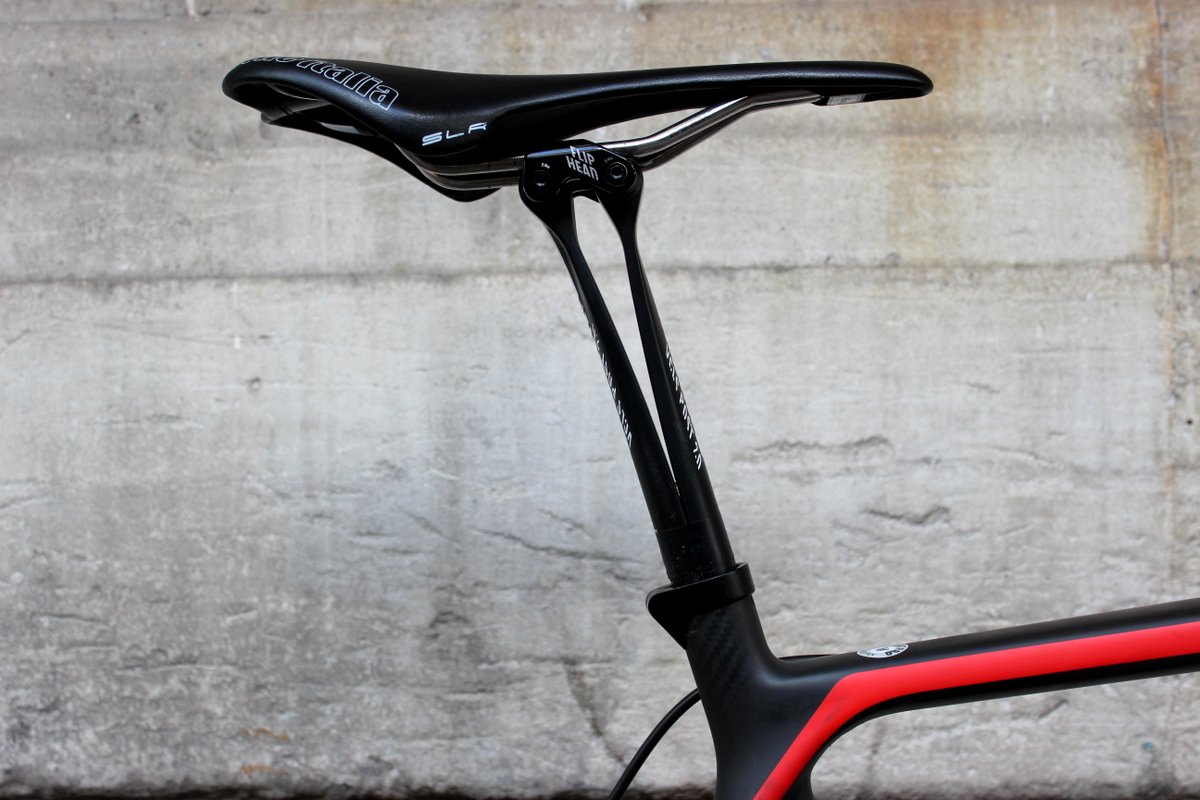3. Monitoring recovery
-

Recovery time is vital to allow your body time to make the necessary physiological adaptations to training
-

Too little recovery and an athlete will plateau, too much recovery and a rider won’t reach their potential
-

You can use a heart rate monitor to measure your fatigue level (Pic: Media24)
-

A recovery ride can never be too easy (Pic: Tim de Waele)
-

Dehydration is thought to contribute to the onset of cramp (Pic: Sirotti)
-

Massage has long been used as a recovery aid by cyclists
3. Monitoring recovery
There are a few different methods that can be used to monitor recovery – or, more accurately, monitor fatigue levels. A low fatigue level mean you have recovered well, whereas a high fatigue level means you aren’t yet recovered.
Resting heart rate is probably the most commonly used method and taking your heart rate first thing in the morning is a good way to measure your fatigue level. Once you have established a good base line (i.e. what your normal resting heart rate is when not overly tired) then you have a comparison to work against.
As a rule of thumb I would recommend that if your resting heart rate is more than ten per cent higher than normal that you need to add in some extra recovery in your training.
Another method that has recently become popular is heart rate variability, which is a measure of the difference in length of the gaps between heart beats. A high heart rate variability shows a increased activity in your nervous system, which happens when you are move from a fatigued state to a fresh one. Therefore, the higher your heart rate variability the fresher you are.
Apps are available to measure both heart rate and heart rate variability and can be a useful and inexpensive way of tracking your fatigue levels.
Once you have recosgnised that you are in need of recovery, you need to maximise that time and one key concept in the recovery cycle is the ‘recovery ride’. Read on for more.





